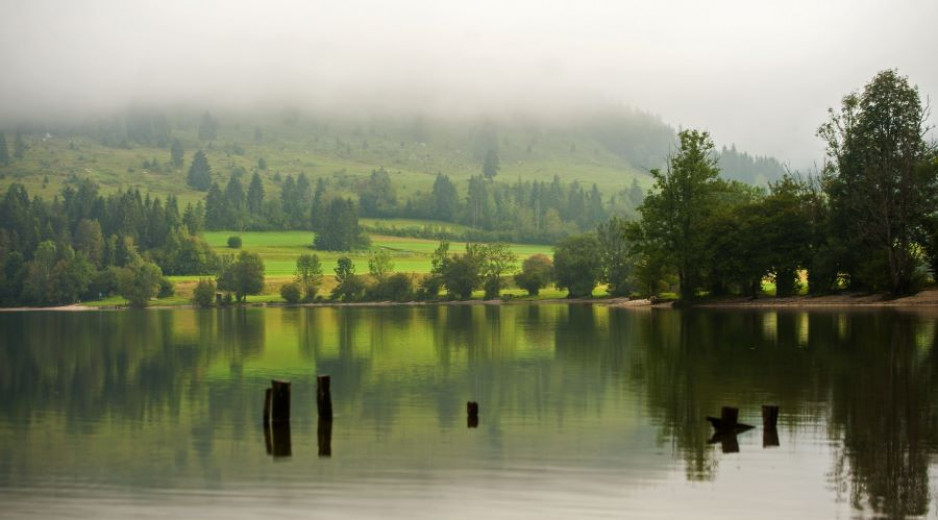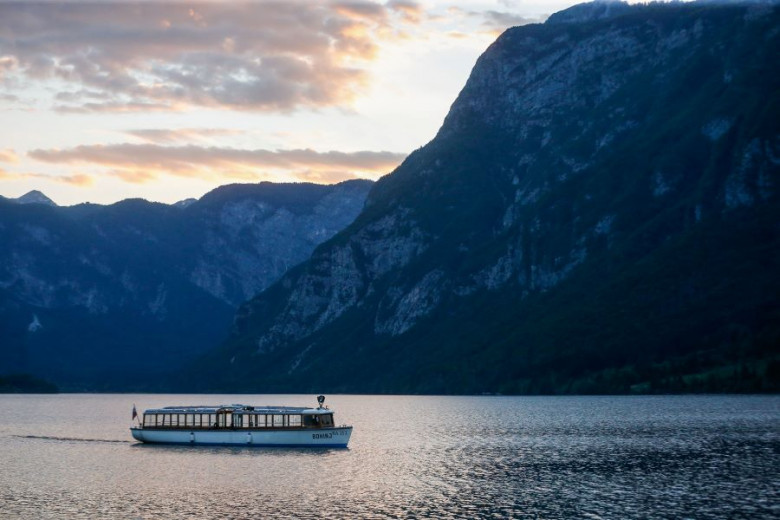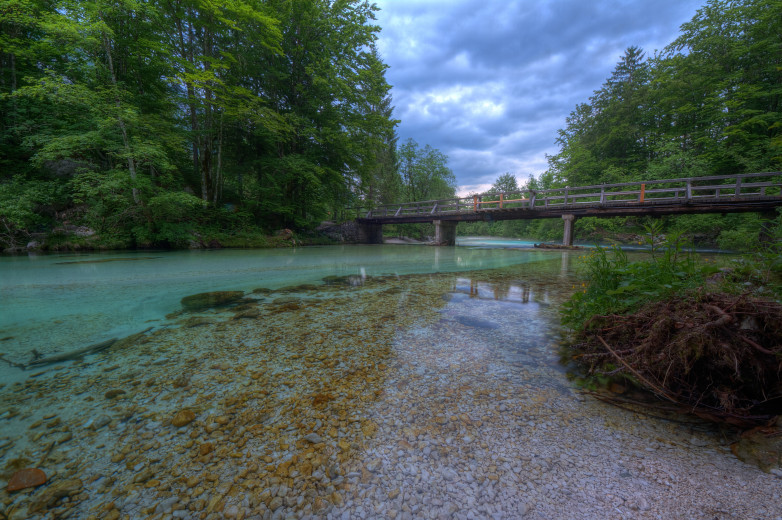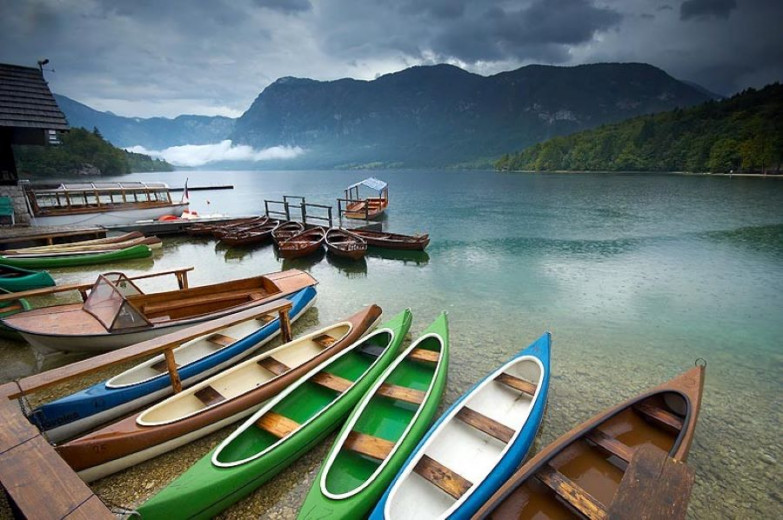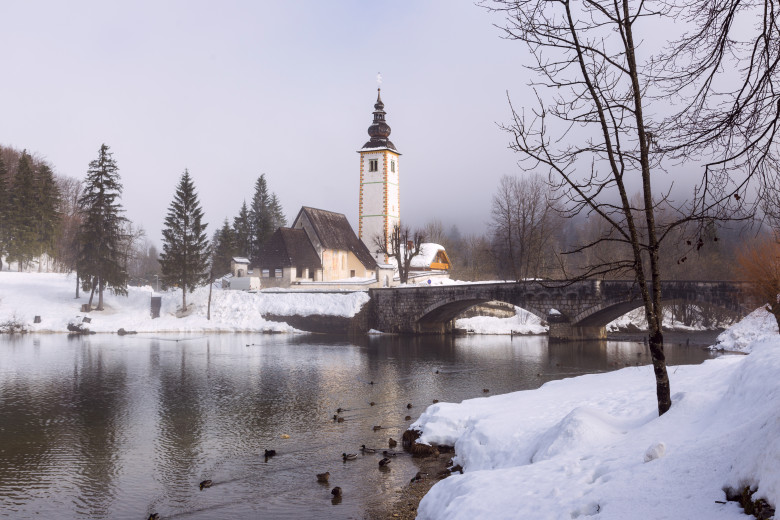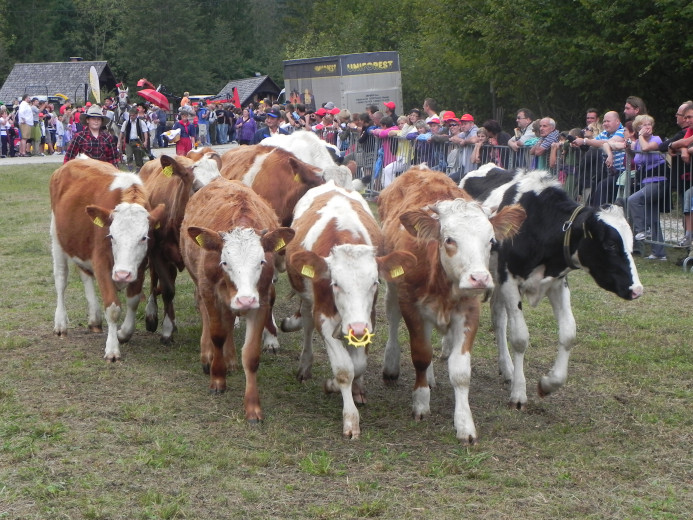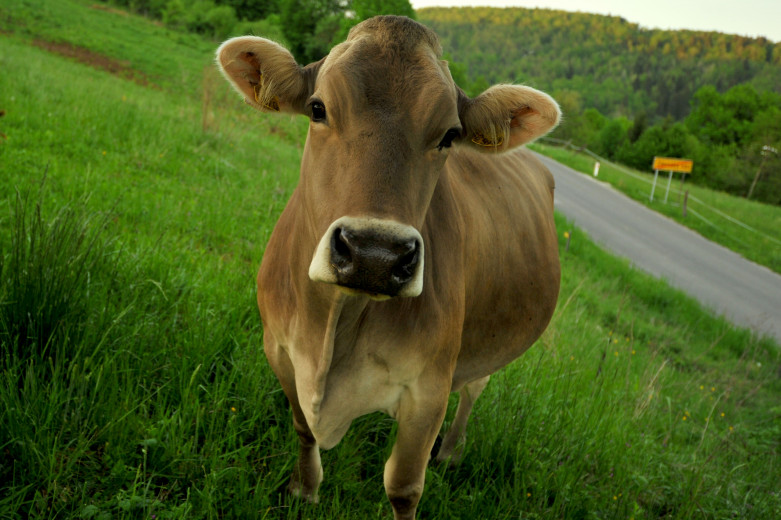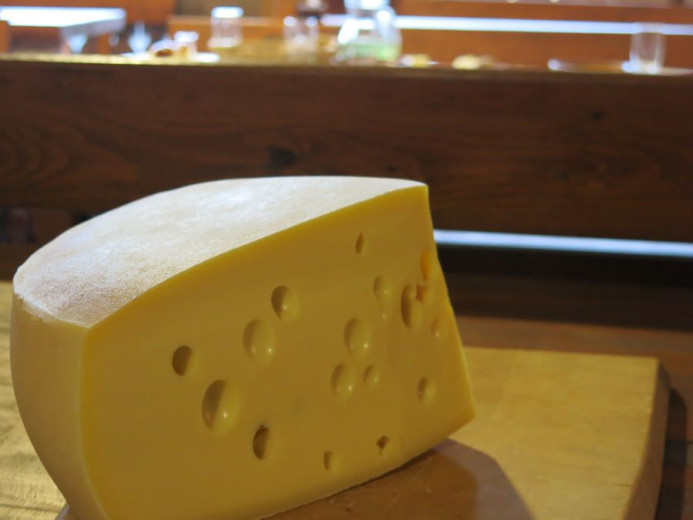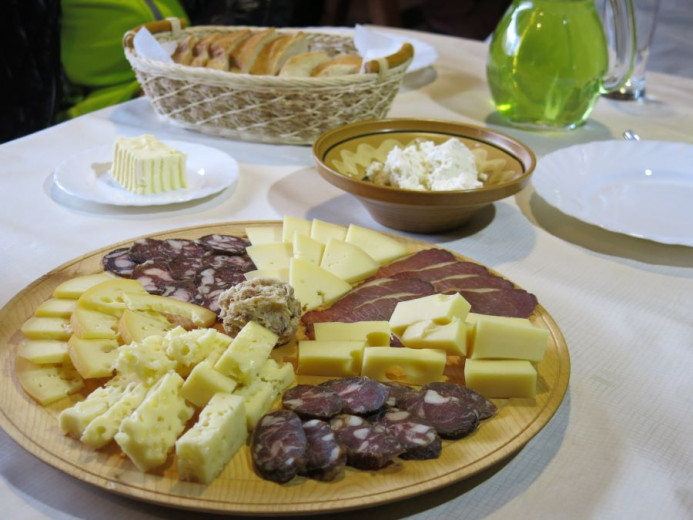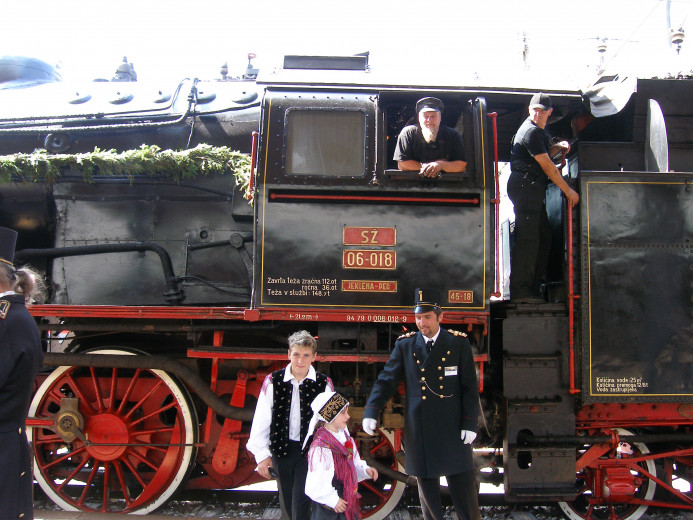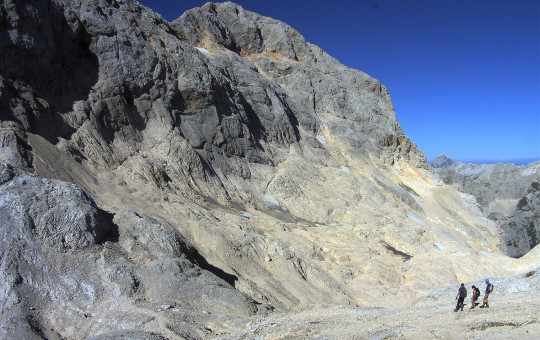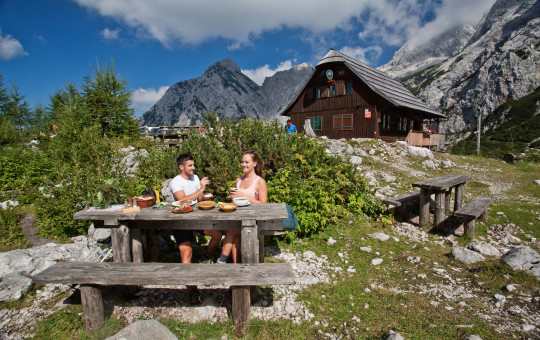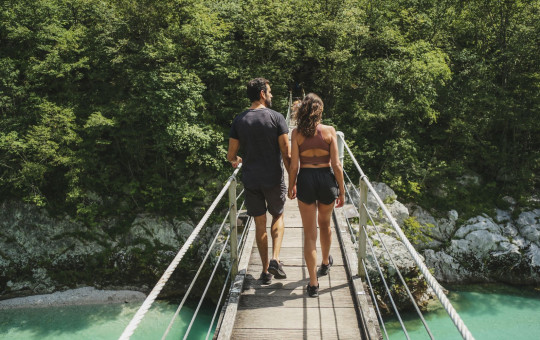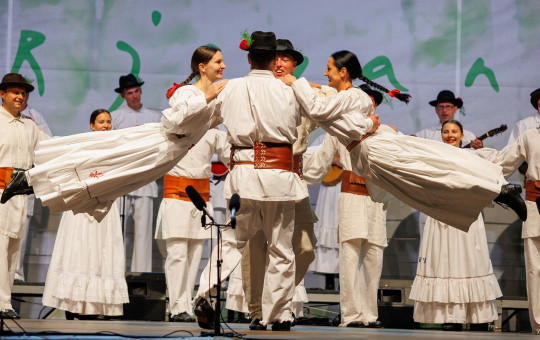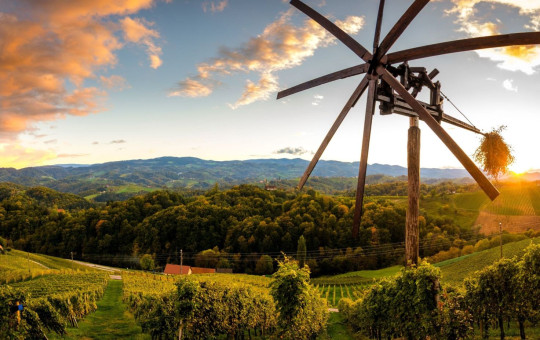Bohinj is a paradise valley embraced by the Julian Alps. Lake Bohinj that lies in the heart of the Triglav National Park, one of the oldest national parks in Europe, is the largest Slovenian natural lake, nested at the foot of unspoilt mountains and mountain tops.
Lake Bohinj is located in a glacial valley and it comprises almost 100 million cubic metres of water – according to an old Bohinj joke: no more than a bucket if it is large enough. The steeply descending lake basin is relatively smoothly shaped and has no shallow areas. In summer, the temperature of the water rises to 22 °C; in winter, the lake freezes sometimes. Water level rises 2 – 3 metres after heavy rainfall.
Lake water is restored three times per year.
The main tributary is the Savica, and the main distributary is the Sava Bohinjka. More than a third of the water flows into the lake from the Karst springs under the lake surface along the northern shore. During heavy rainfall, the Karst waters gush out as the Govic spring on the Pršivec hillside.
Slovenia's Julian Alps - one of the top ten regions for travel
Lonely Planet has picked Slovenia's Julian Alps as one of the top ten regions for travel in 2018, comparing the mountain region in north-western Slovenia to "Chamonix or Zermatt - but with fewer crowds". According to the biggest travel guide publisher, the natural appeal of the Julian Alps offers "mountain bliss in an overlooked corner of Europe".
The highest mountain range in the country, rising to 2,864 metres at Mount Triglav, was "once only suitable for the intrepid", but it is now "gently opening the door to every stripe of traveller", with "upmarket versions of homestays in stylish shepherd digs".
Nonetheless, travellers can still take on "pulse-racing treks" in the region, which also boasts the picturesque lakes Bled and Bohinj.
Lonely Planet also praises the Triglav National Park, which covers more than two-thirds of the region, as "a mechanism that not only curbs development along the summits but ensures that improvements to local infrastructure are effected in a slow and studied manner".
-
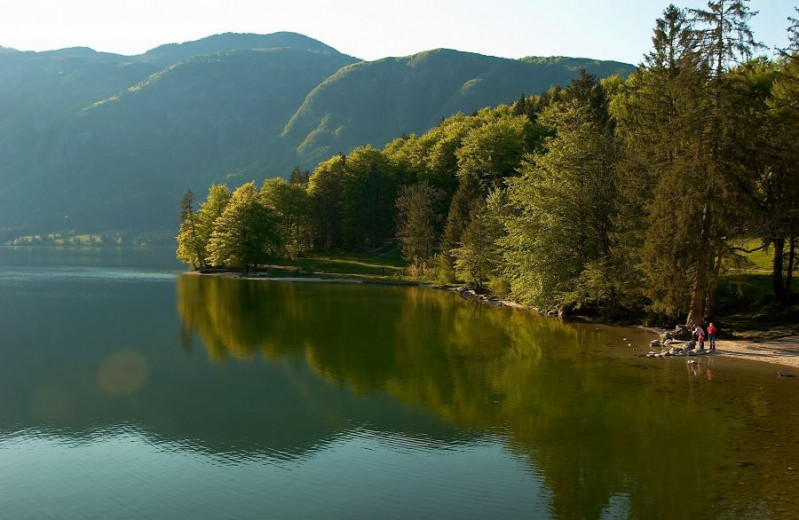
The largest natural lake in Slovenia has endless opportunities for outdoor activities. Photo: Matevž Lenarčič
-
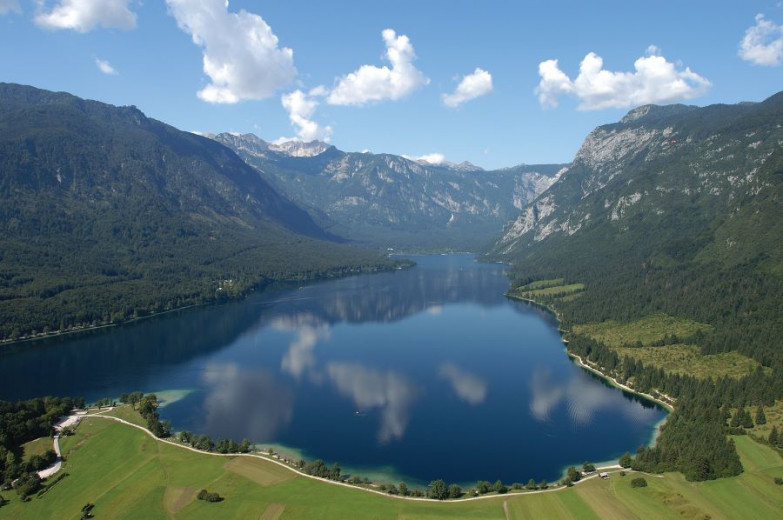
Lake Bohinj. Photo: Mitja Sodja
-
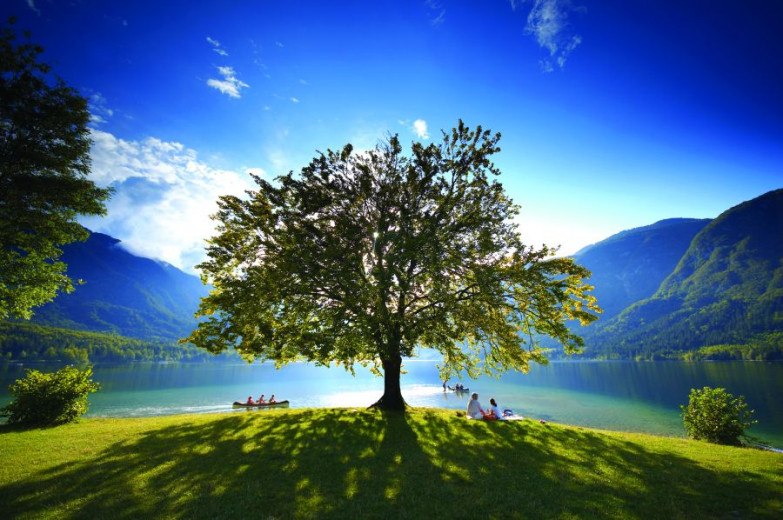
Visitors can also take a wonderful tourist boat ride or simply go for a relaxing walk along the shore. Photo: UKOM Archive
-
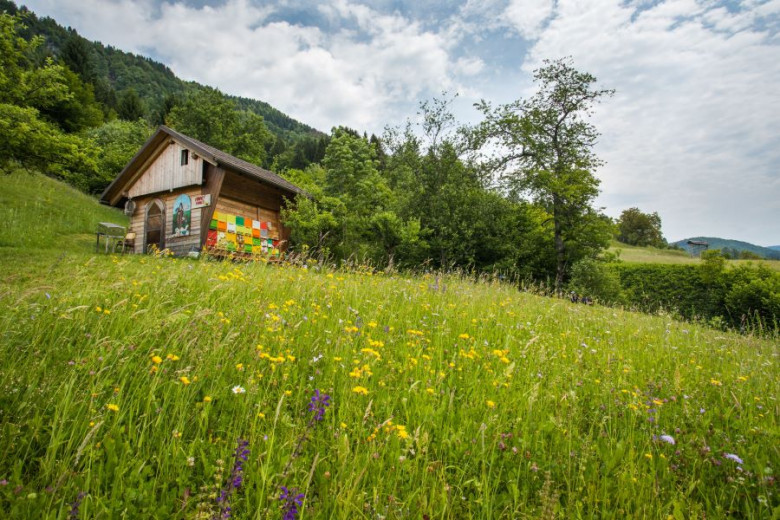
The natural beauty of the mountains rising above Bohinj remains intact; flowers bloom, and for some of them, these mountains are their only home. Photo: Jošt Gantar
Activities at lake Bohinj
Lake Bohinj is perfect for water activities all year round – from swimming, boat riding, wind surfing, kayaking or canoeing, fishing and diving in warmer months, to (sometimes) even ice skating in winter. Visitors can also take a wonderful tourist boat ride or simply go for a relaxing walk along the shore. If ice stating is an option, please be aware, that you can only skate and walk on ice at your own responsibility. We recommend you to be extremely cautious!
The Lower and Upper Bohinj valley are connected by a unique cycle track.
Paved in its entirety, this properly marked track will take you past numerous natural and cultural attractions, and together with sightseeing and stops off the beaten track or just sunbathing on the shore of Lake Bohinj or the Sava Bohinjka river will practically engage you for a whole day. With its clear level parts and diverse ups and downs, the track is also suitable for family cycling trips. A vast system of asphalted and gravel roads in Bohinj is perfect for a range of cycling adventures – from easy to difficult, short or long-distance, in the valley or higher above the sea level. For more intense experiences we recommend guided tours.
-
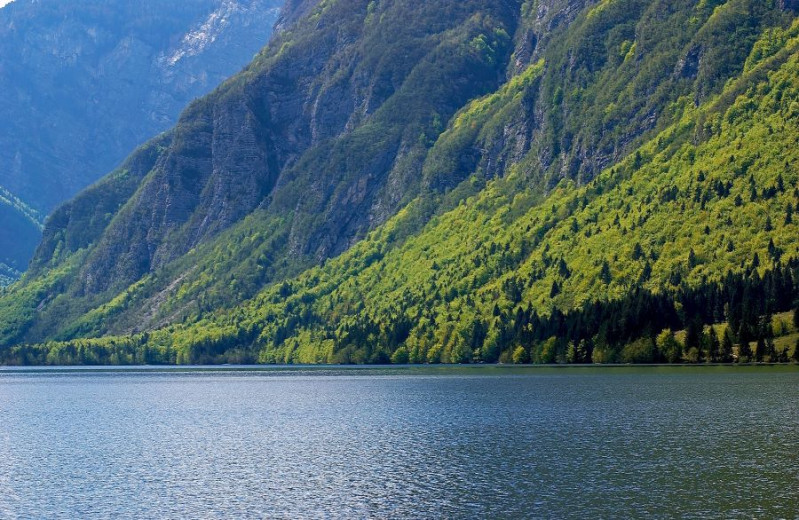
Elevation, clean and fresh air and energetic points have beneficial effects on health and well-being. Photo: Matevž Lenarčič
-
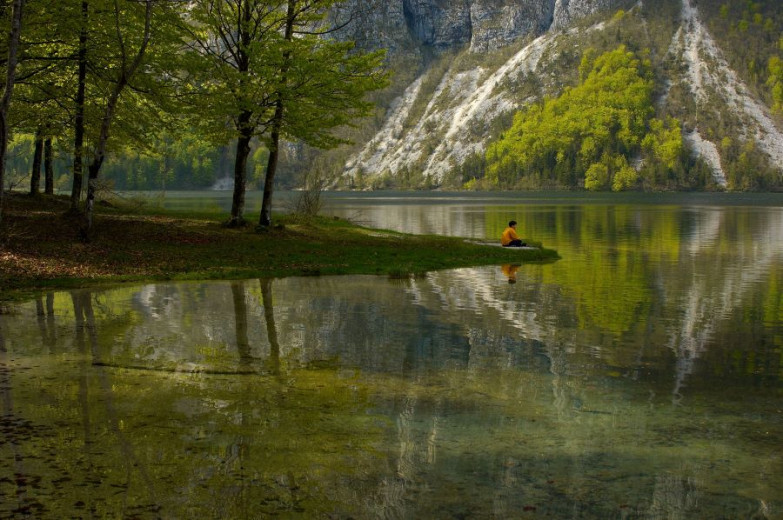
This is also the place where the flowers have their own festival – the inhabitants of Bohinj have organised the International Wild Flower Festival, as a form of a 'slow tourism'. Photo: Matevž Lenarčič
-
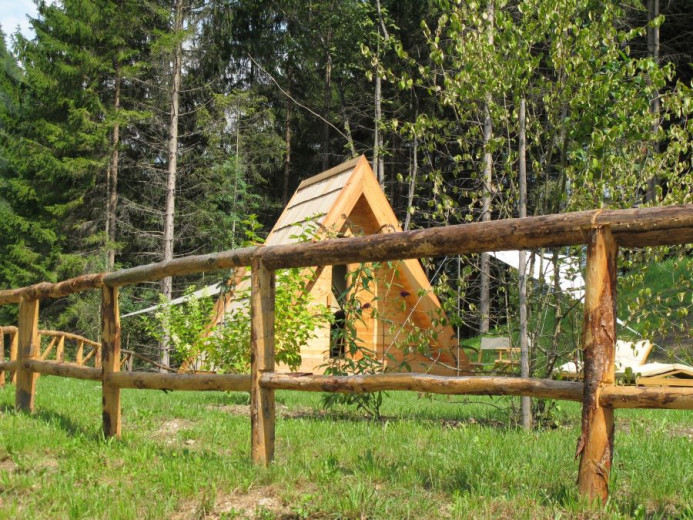
Glamping at lake Bohinj. Photo: Tinkara Zupan/STA
-
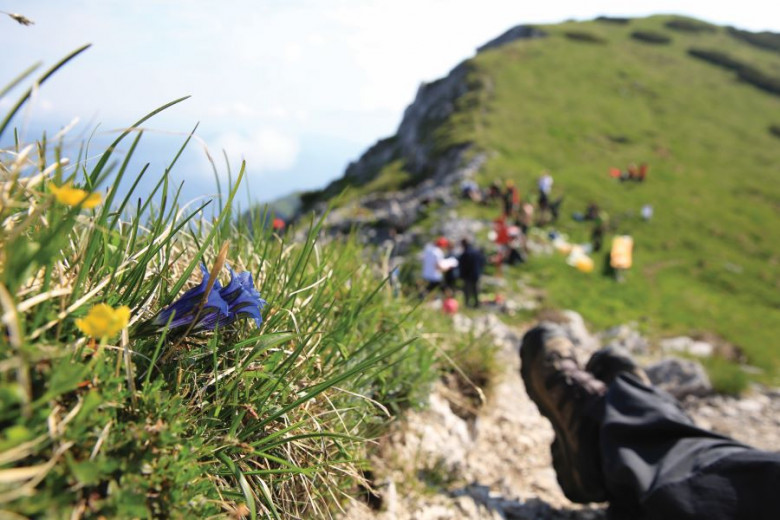
In Slovenia, the Via Alpina walking trails run across all three high mountain ranges: the Julian Alps, the Karavanke and the Kamnik-Savinja Alps. Photo: UKOM Archive
Bohinj among top European destinations
The Brussels-based organisation European Best Destinations has listed the lakeside resort of Bohinj among the ten best destinations to visit on the continent in 2018. Bohinj is described on the organisation's website as a destination of sustainable tourism, tranquillity and everchanging landscape and Slovenia as a country that "evokes nature, forest, lakes, authenticity, outdoor activities and encourages you to recharge your batteries, disconnecting from routine".
The authors of the European Best Destinations list highlight Bohinj's International Festival of Wildflowers, the Savica Waterfall, local products and the beauty of the Julian Alps among the events and sights worth seeing.
"Bohinj is an emblematic destination of the EDEN network that gathers the most beautiful destinations of sustainable tourism in Europe," it says on the website.
Bohinj is tenth on the list of 15 destinations worth visiting in 2018. The list is topped by Poland's Wroclaw, followed by Bilbao in Spain and Colmar in France. At the bottom of the list are Paris, Vienna and Amsterdam.
One of Slovenia's oldest annual folk celebrations - the Cow's Ball
One of Slovenia's oldest annual folk celebrations, the Cow's Ball, marks the end of the tourist and pasturing season in the area. The event flourished after World War II and is now a tradition of ethnographic significance for Slovenia as well as an attraction for tourists. The Cow's Ball started out in the 1920s as a celebration of dairy farmers' hard work, bringing together locals, dairy farmers and caterers.
The event flourished after World War II and is now a tradition of ethnographic significance for Slovenia as well as an attraction for tourists.
The Cow's Ball comes a day after the Festival of Cheese and Wine taking place in the nearby town of Bohinjska Bistrica, where Slovenian makers of cheese and wine gather to present their products. The authorities want to encourage youths to take up farming in a way that does not harm the environment; something the people of Bohinj have known how to do for the past 3,000 years.
Bohinj railway is a "near-perfect" adventure
Tourist guide book publisher Lonely Planet made a list of ten often overlooked railway journeys where it ranked the Bohinj railway, connecting western Slovenia with Italy, at first place. The author said it was "a near-perfect railway adventure most people have never heard of".
The 158 km long Bohinj railway, named the Transalpina railway in Italian, stretches from the north-western town of Jesenice through the Julian Alps, further on to the city of Nova Gorica, ending in the Italian port city of Trieste.
The Bohinj railway is the Slovenian section of a 717 km long train route beginning in the Czech capital of Prague. Built by the Austro-Hungarian Empire between 1900 and 1906, the railway was described by the author as the knot of railways looking curious to modern eyes and connecting Austria's Vienna to important parts of the former monarchy.
The railway takes passengers on "a spectacular tour of Slovenia's upland highlights, climbing through mountain villages along the Soča river, passing through superb Alpine scenery near Lake Bohinj, and on past Lake Bled's iconic castle", the author wrote.
He also mentioned the steam specials which travel the route in the summer and "characterfully dilapidated regional trains" running year-round. The author recommends beginning the journey in Trieste or Ljubljana, from where passengers can travel on towards the Balkans or Central Europe.
These numerous events aim to promote the recognition and importance of preserving national heritage, develop out-of-season tourism, and show how ecotourism and alpine farming can ensure long-term economic prosperity for the region.
Date: 26. May 2020
Time to read: 6 min

